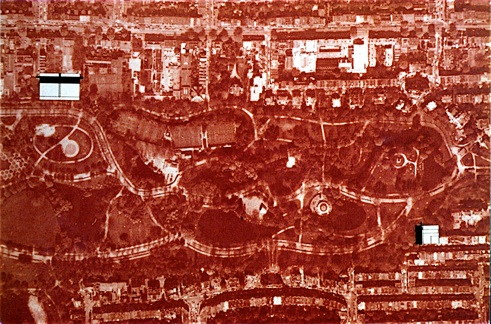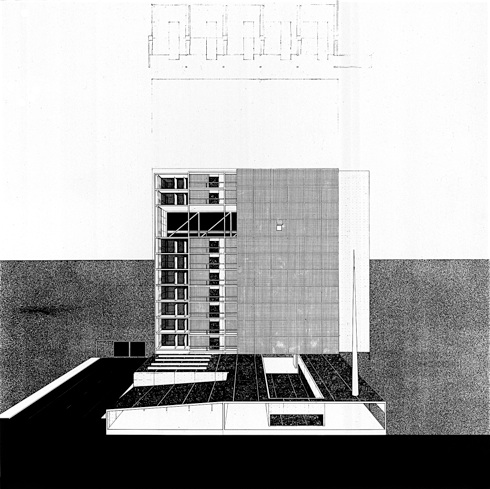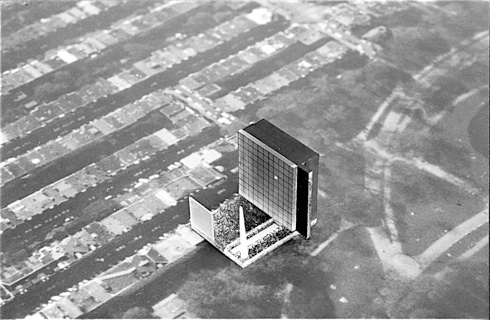Prof. ir.
Wim van den Bergh Architect
Prof. ir.
Wim van den Bergh Architect

1987/03
Selected Invitations
“PC Hoofdstraat”
Biennale Young Dutch Architects 1987
Housing for the elderly in the city of Amsterdam
i.c.w. Arets. W.
Publication: 1987/13
Exhibition: Beurs van Berlage, Amsterdam, 28-11-1987 / 03-01-1988
Invitations
1987 Theme:
Housing for the elderly in the city
Introduction
by Ruud Brouwers
The 'Young Dutch Architects Biennale' is a cultural manifestation in the field of exploratory architecture. Once every two years talented architects who are in the early stages of their career are invited to take part in an exhibition of their designs and other documentation of their ideas. What are the new ideas, which skills and orientations are coming to the fore with the latest generation of architects, what is the driving force behind them?
But there are other considerations, too: the Biennale seeks to visualize the impact of the architectural training institutions in the Netherlands on professional architectural practice. The event also offers a platform for beginners whose qualities have - perhaps unjustly - not yet been recognized by potential patrons or clients.
This is the third time that a Biennale exhibition has been devoted to young Dutch architects. Each time a different person or group is invited to select the participants and to set the tone of the entries.
This year the task was entrusted to Dick Apon, architect and professor at the Technical University of Eindhoven. Seeking to avoid a fashionable approach, his question from the outset was: what do young architects want to contribute to our environment. This question called for a design brief with a certain social orientation: 'housing for the elderly in a city'. Apon also aimed at a greater degree of coherence within the exhibition concept than on previous occasions.
The field chosen for the design brief to be as realistic as possible is that of social housing for the elderly on existing locations in the city.
The 'Young Dutch Architects Biennale 1987' thus links up with the Dutch tradition of institutional popular housing, which has resulted in important urban development and architecture.
Ground floor / basement
1.Ramp
2.Entrance hall
3.Garage
4.Restaurant
5.Lodge
6.Lobby
7.Atrium
Aerial photo
Site A, PC Hoofdstraat (north is left).

Housing for the elderly in the city
A possible building site was found between the Overtoom and the Vondelpark on the Kattenlaan, which is still being used by various owners. Because of the messy character of the strip between the park and the back of the buildings on the Overtoom, the location is undefined from the spatial viewpoint. The predominantly 19th. century building is extremely varied, in function as well as in form.
The strip between park and Overtoom forms a transition from the clear block allocation on the north side of the Overtoom to the green oasis of the Vondelpark. The location is characterized by duality, but is therefore exactly suitable for housing for the elderly. Public transport stops, shops and the park are within arm's reach, so to speak.
An other possible site was found at the end of the PC Hoofdstraat.

Model

Floor 1-6 & 8-9
1.Apartment
2.Hall
3.Elevator
Floor 7
1.Terrace
South facade
Concrete, glass, perforated stainless steel
West facade
Glass and perforated stainless steel
Longitudinal section apartment
Transversal section apartment
Apartment plan
1.Hall
2.Kitchen
3.Living
4.Study
5.Bath room
6.Bed room
7.Cupboard


East facade
Glass-blocks in a concrete frame











